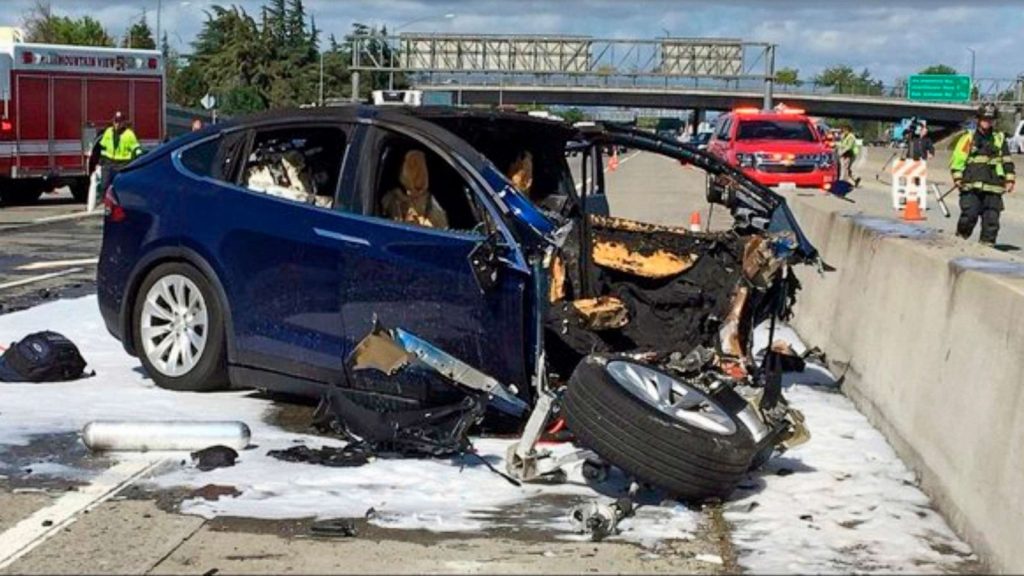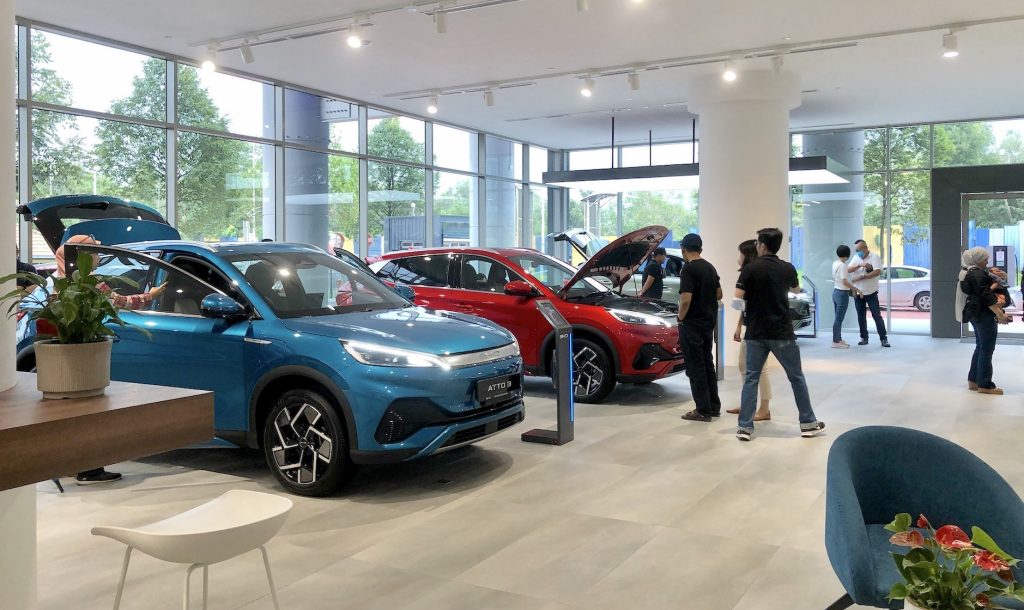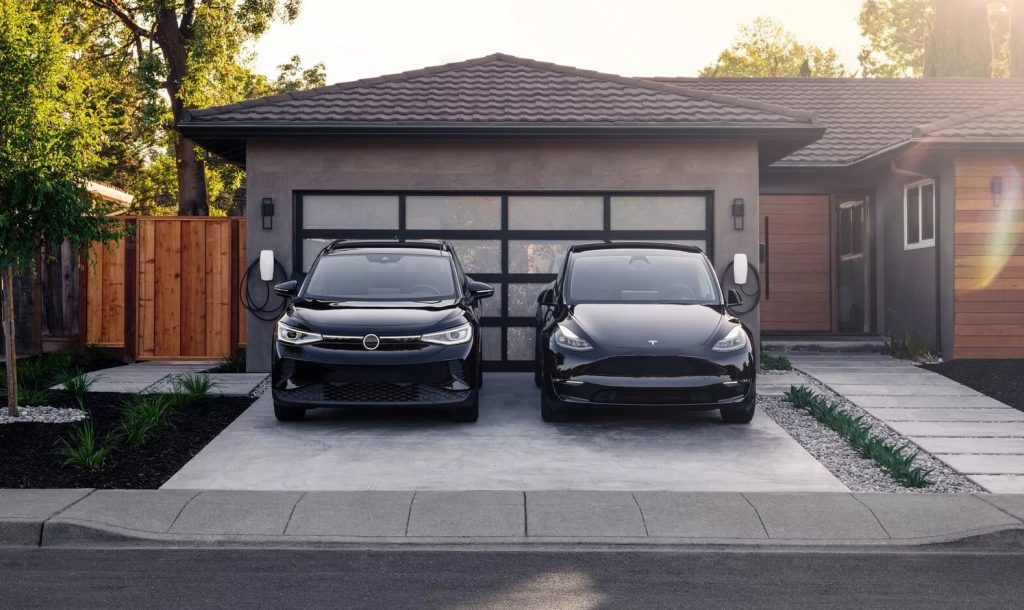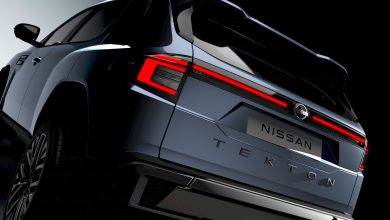Study Finds High EV Repair Cost Behind Soaring Insurance Rates

The high EV repair has since also lead to many insurers outright writing them off, in spite of the damage being minor.
Now one of the main benefits that will commonly be extolled by EV-angelicals about their all electric vehicles is that they do not require any regular servicing. The lack of an engine does after all mean that there is no engine service required, which hence sees for there to yet be another decent chunk of change saved (after the cheap cost of home charging) that certainly adds up over the overall ownership duration.
What more too is that with EV prices steadily on the decline, the financial calculus in ditching the petrol pump for a plug point is steadily looking to favour those with no tail-pipe emissions… up to the point when said all-electric vehicle is involved in a prang that is, as repair costs for these battery-based cars are still currently higher than their fuel-drinking equivalents.

In fact, a new study from auto insurance analytics company Mitchell has found that the average repair costs were 29% higher for EV owners than their ICE-owning counterparts. Moreover, the same report also revealed that the average repair took almost twice as long.

With the average mechanical labor rate for both the U.S. and Canada exceeding $100 (RM 438) per hour, Mitchell concluded that the additional time required to fix up these EVs contribute significantly to their overall repair cost. “The extra EV labour hours are likely due to the management of the high-voltage battery, which requires de-energisation and often complete removal to protect it during collision repair and refinishing processes,” clarified the report.
Mitchell’s North American-centric study has further reported that the average repair costs for EVs in the U.S. was $5,753 (RM 25,150), which is to be $947 (RM 4,150) higher than the $4,806 (RM 21,000) mean for those with an engine. The delta meanwhile was found to be even larger in Canada, where EVs were $1,576 (RM 6,900) more expensive to repair.

And thus as a consequence of this increased repair costs associated with EVs, insurance costs for these types of zero-emissions cars has been steadily increasing in certain (more capitalistic) markets. Recent data from the U.S-based National Association of Insurance Commissioners found that EV insurance coverage currently costs an average of $44 (RM 190) more than premiums for an ICE car, while this price delta has been previously reported to be even greater across the pond in the U.K.

Though perhaps more interesting here when it comes to the topic of EV insurance is that instead of repairing one’s damaged vehicle, many insurers have been increasingly opting to simply write off many of these all-electric cars as totalled. Such is as thanks too to falling prices across the EV sector, the high repair cost of an EV (even if they were only involved in a minor accident) might mean it is to potentially cheaper for these companies to just replace the vehicle in its entirety.
“Slowing new sales, manufacturer price reductions, and changing consumer sentiment are impacting the value of used EVs,” Ryan Mandell, Mitchell’s director of claims performance, wrote in a note. “As a result, the total loss frequency for collision-damaged EVs is increasing.”

Fortunately for us Malaysians here, the regulated insurance market locally has seen for EV premiums to still remain relatively on par with their ICE-counterparts. What is however not protected is the current low resale value of EVs on the used market today, with this uncomfortable fact certainly putting a damper on all the touted financial savings one is said to accrue throughout the ownership period of these zero-emission mobiles.





